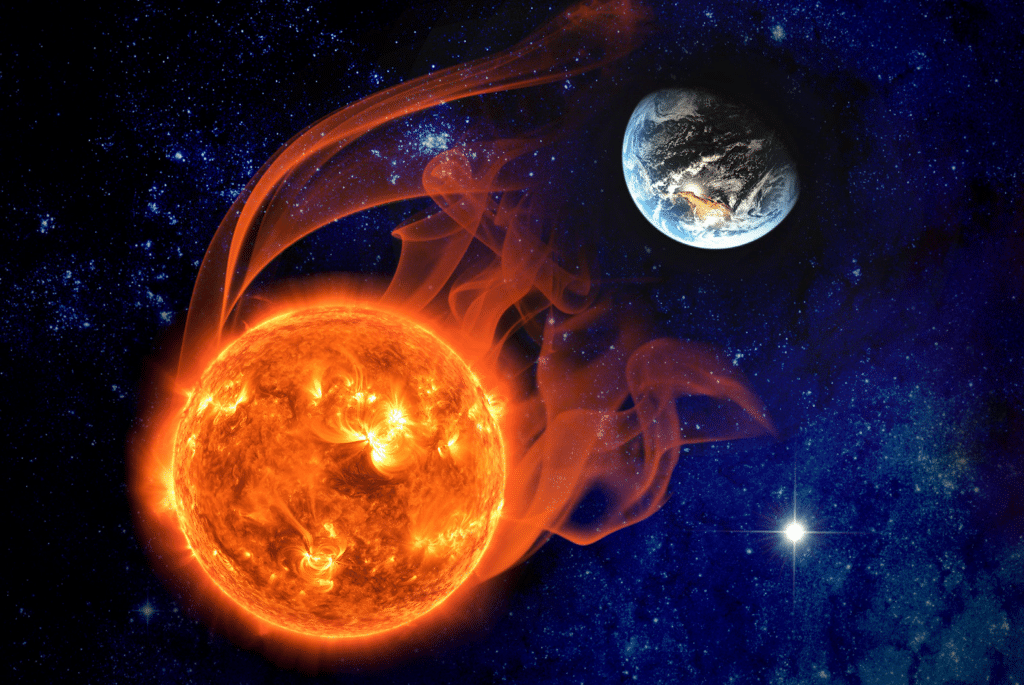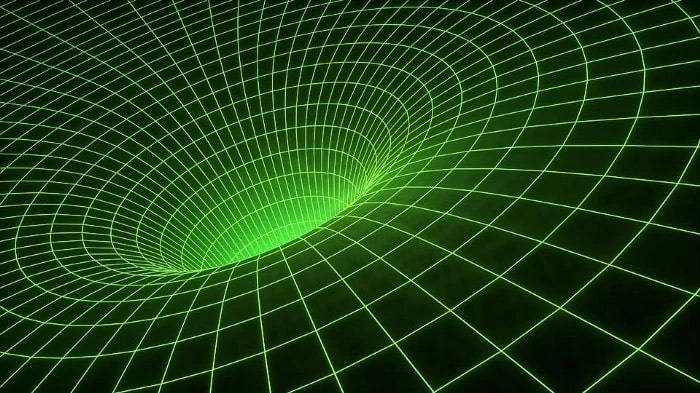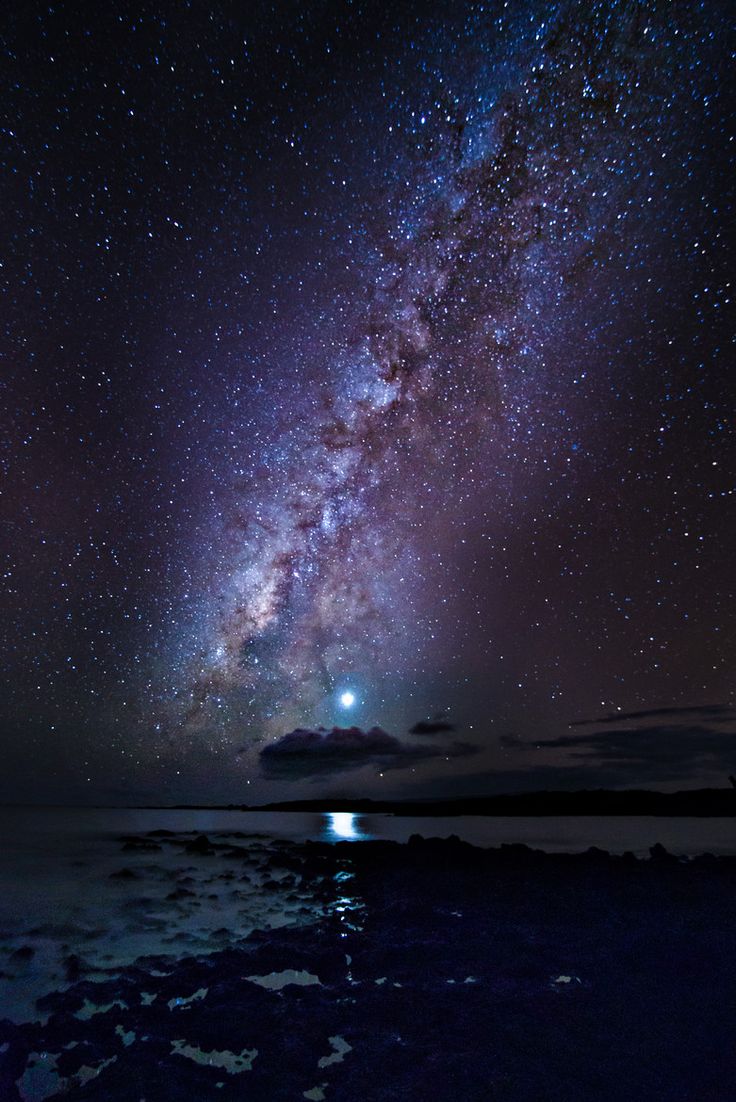From the name ‘solar storm,’ you already know we’re talking about something associated with the sun. Some days ago, our solar system experienced a solar storm, which was the strongest since 2017. This has raised many questions from both scientists and non-scientists. Did the solar storm cause any harm? Should we be expecting another one any time soon? This article will answer these questions and more.
What are solar storms?
Solar storms, also called solar flares, are intense bursts of radiation that usually come from releasing magnetic energy. As far as our solar system is concerned, solar storms are the largest explosive events.
Courtesy: Earth.com
In plain words, they are explosions on the sun’s surface. Lasting from a few minutes to hours, solar storms are seen by the light they release; they are seen as bright areas on the sun.
How massive are these explosions?
Solar storms are often followed by huge streams of charged plasma traveling at millions of miles per hour. Since the speed of light characterizes them, they happen as soon as they are spotted. So, how big is the explosion?
Courtesy: Interesting Engineering
Solar flares release as much energy as one billion megatons of TNT. Compared to the Hiroshima atomic bomb, which was 0.017 megatons of TNT, these explosions are equivalent to billions of nuclear bombs.
Are all solar flares the same?
Solar flares are classified with a letter system, with A being the smallest and X being the strongest. Solar flares are divided into A-class, B-class, C-class, M-class, and X-class. They also get numbers according to their strengths.
Courtesy: PUNE.NEWS
According to NASA, the letter class system depicts a tenfold increase in energy output. This means an M-class flare is ten times stronger than a C-class flare and 100 times stronger than a B-class flare. Generally, smaller flares erupt more often than large ones.
The most recent solar storms
As the sun nears solar maximum, the number of solar storms increases- and that’s what is currently happening in our solar system. We’ve had three solar flares so far this year, and there were all X-class solar flares.
Courtesy: Spectrum News 13
This year, The first solar flare peaked at 6:07 pm EST on Wednesday, 21st of February; the second peaked at 1:32 am EST on Thursday, 22nd of February. However, the third flare peaked at 5:34 pm on the same Thursday and was the strongest.
Effects of solar flares
Solar storms rated M5 or above may affect technologies that depend on Earth’s ionosphere, like high-frequency radio used in GPS and navigation. These bursts can also cause radio signal blackouts for minutes or even hours.
Courtesy: NASA
However, these negative effects don’t always accompany solar flares. They only affect our planet when they occur on the side of the sun facing us. In the coming months, we can expect to see more solar flares.







